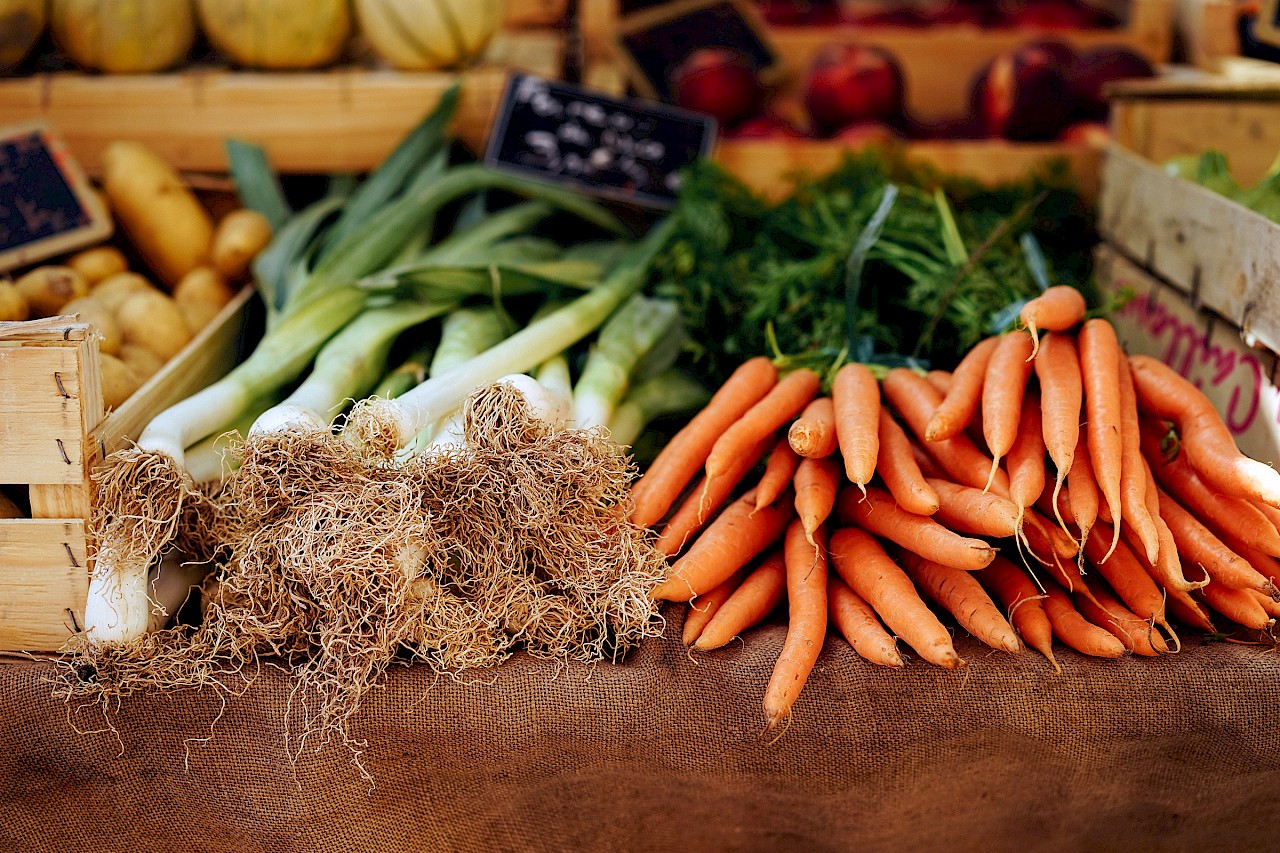January 2018
When it comes to a healthy diet, we can pay now or pay later. According to the CDC, nearly 1 in 4 adults living with diabetes are unaware of their condition. For me, I’d rather buy healthy, nutritious food that costs a little more than have to deal with the medical bills that come from a lifetime of poor eating.
Here are five tips for a healthier diet in 2018.
- Eat Fiber-Rich Food
Fiber is the part of plant-based foods we don’t absorb. For more than a century, we’ve known fiber is important for healthy bowel function, but it’s only recently that we’ve begun to understand fiber’s essential role in sustaining healthy gut bacteria. Without enough fiber, a cascade of health problems can occur, including obesity, diabetes, chronic inflammation, and more.
Fiber is important for a healthy immune system and a healthy brain, as well as a healthy digestive system. Foods high in fiber include fruits, veggies, whole grains, legumes, nuts and seeds. Some of the best options are raspberries, pears and apples (with skins), rolled oats cooked with dry fruit, lentils, split peas or other cooked dry beans, roasted winter vegetables, artichokes and broccoli. - Limit Added Sugar
In the body, sugars (or “carbohydrates”) provide an important source of energy. Complex sugars like those found in fruits and vegetables are part of a healthy diet. However, these days, simple sugars are found in all sorts of food (e.g. cereal, yogurt, flavored milk, energy drinks, fruit juices and more). The body absorbs this simple, refined sugar very quickly, which can overwhelm your system. Unchecked, it leads to unwanted weight gain and related health problems.
If you’re trying to figure out whether your food has added sugar, check the label. As a rule, unprocessed foods have far less sugar than packaged foods. Any label with sugar listed first has added sugar, although it may be called other things such as dextrose, sucrose, fructose, corn syrup, honey or agave. - Hydrate with Water
Drinking enough water (6-8 cups per day) keeps your body hydrated and helps flush out impurities. If you get hungry between meals, you may be dehydrated. Try drinking a glass of water before eating a snack.
How do you know if you’re not hydrated? Your urine is dark yellow and has a strong smell. If you’re properly hydrated, your urine will be very light yellow, almost clear, and odorless. Remember, all liquids are not created equal—water is the best hydrator. - Eat Protein-Rich Foods
The body uses protein to build tissue. Growing children need protein to make strong bones, new muscle, and healthy organs, and adults need protein to replenish and repair their bodies as they age. Good sources of protein include fish, chicken, legumes, nuts, seeds, low-fat dairy, eggs, and red meat. (Red meat—which includes beef, pork, venison, and buffalo—should be limited to no more than four servings a week.)
Legumes are great non-meat sources of protein, especially lentils, black beans, pinto beans, garbanzos, lima beans, peas, peanuts and tofu, and they have the added benefit of being rich in fiber. - Limit Sodium (Salt)
Like sugar, sodium is added to a huge array of processed foods and fast foods. The recommended daily allowance for sodium is 2,000 mg per day. A cheeseburger from a local fast food burger place has 1,000 mg (that’s before you add the fries). Canned soups also have a surprising amount of sodium. To figure out how much sodium is in your food, read labels. To reduce sodium in your diet, cook from scratch rather than depending on pre-packaged options. And before using table salt to flavor meals, consider lemon, onion, garlic, pepper, mushrooms, celery, herbs and spices to enhance or add flavors.
Eating healthy doesn’t have to be complicated. You can find many simple, tasty, timesaving recipes online. Try Googling “healthy recipes,” and see what comes up. And have fun!
Tess O’Connell is a licensed nutritionist at MCHC Health Centers—a local, non-profit, federally qualified health center offering medical, dental and behavioral health care to people in Lake and Mendocino Counties.

 MyChart Login
MyChart Login

